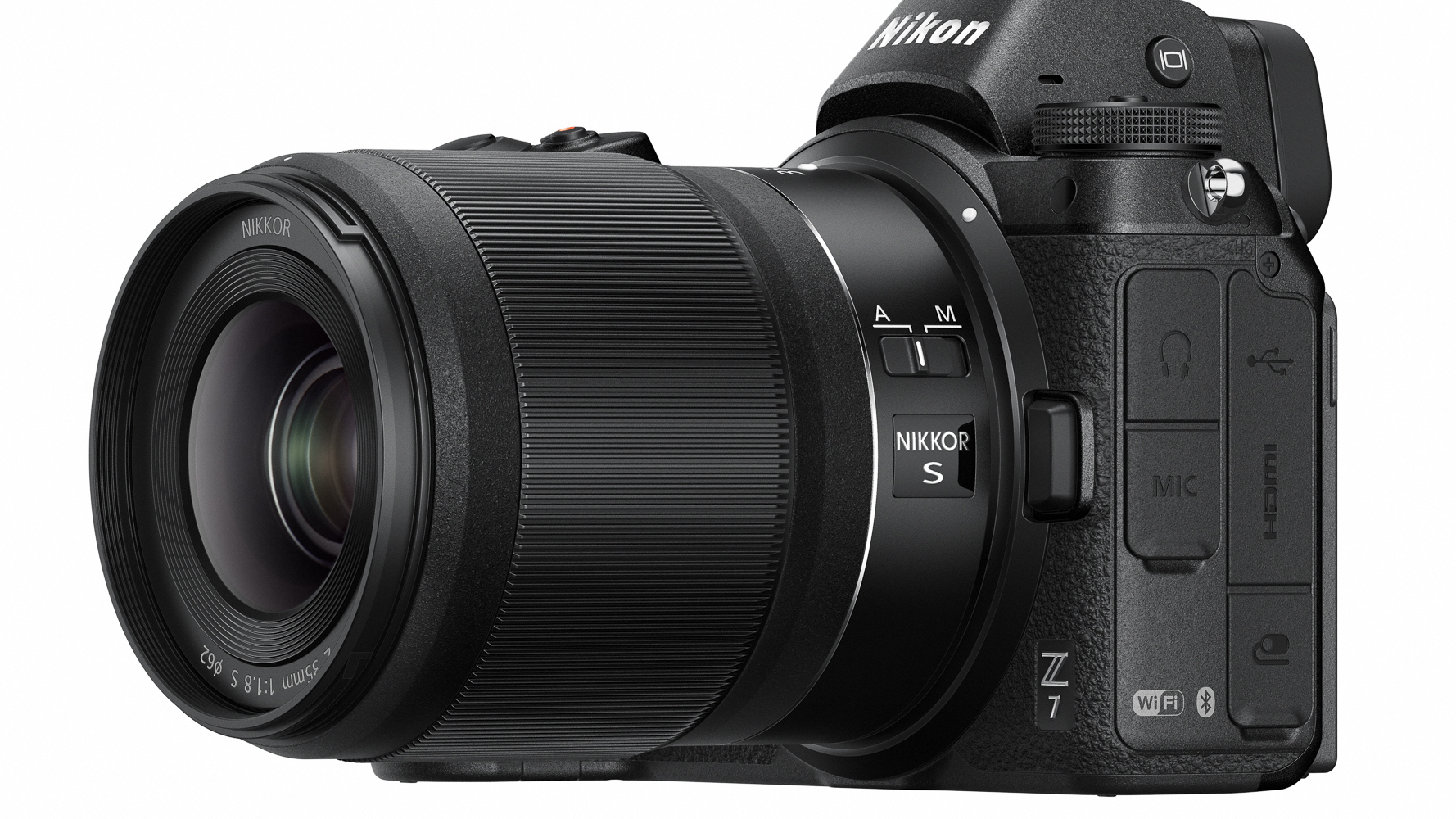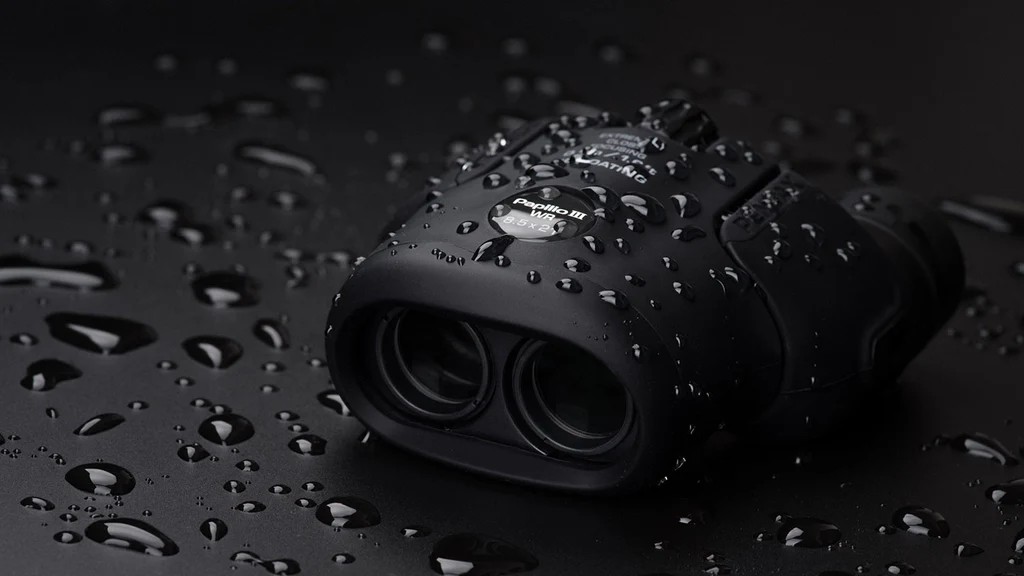Digital Camera World Verdict
It’s quite a lot to pay for a humble 35mm f/1.8, but the Nikkor Z 35mm f/1.8 S’s optical performance immediately shows where the money’s been spent.
Pros
- +
Perfect fit for the Nikon Z7 and Z6 body size
- +
Great optical performance
Cons
- -
Steep price point
Why you can trust Digital Camera World
The Nikkor Z 35mm f/1.8 S is one of the first lenses to be released for the new Nikon Z7 full-frame mirrorless camera, and for the upcoming Nikon Z6 – and is the first prime lens on the Nikon Z lens roadmap.
The Nikkor Z 35mm f/1.8 S has a pretty understated exterior. Its f/1.8 maximum aperture means the front element lacks the impressive size of 35mm f/1.4 lenses, but it keeps the lens small and compact, and it matches the Z7’s body size perfectly.
There is a very wide focus ring taking up most of the front part of the barrel, and this can be configured to adjust the ISO setting or EV compensation when the lens is in autofocus mode.
In MF mode, the focus speed changes according to how fast you turn the lens, and the Z7’s viewfinder is so sharp you see a real focus ‘snap’ when your subject comes into focus, even without magnification. Nikon credits the lens’s extra-wide Nikon Z mount for its outstanding optical performance.
It’s quite a lot to pay for a humble 35mm f/1.8, but the Nikkor Z 35mm f/1.8 S’s optical performance immediately shows where they money’s been spent.
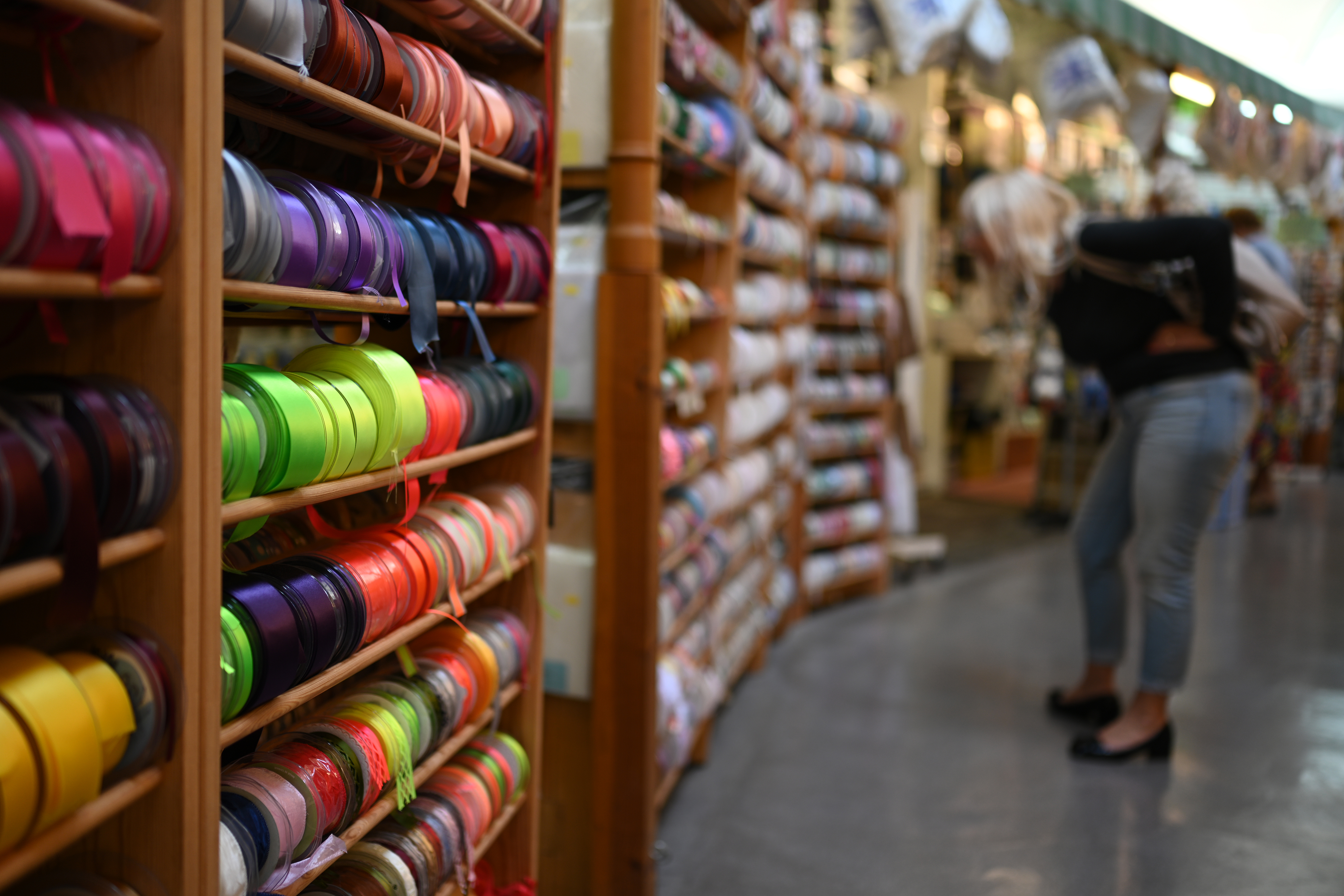
NIKKOR Z 35mm f/1.8 S – lab test results
Sharpness
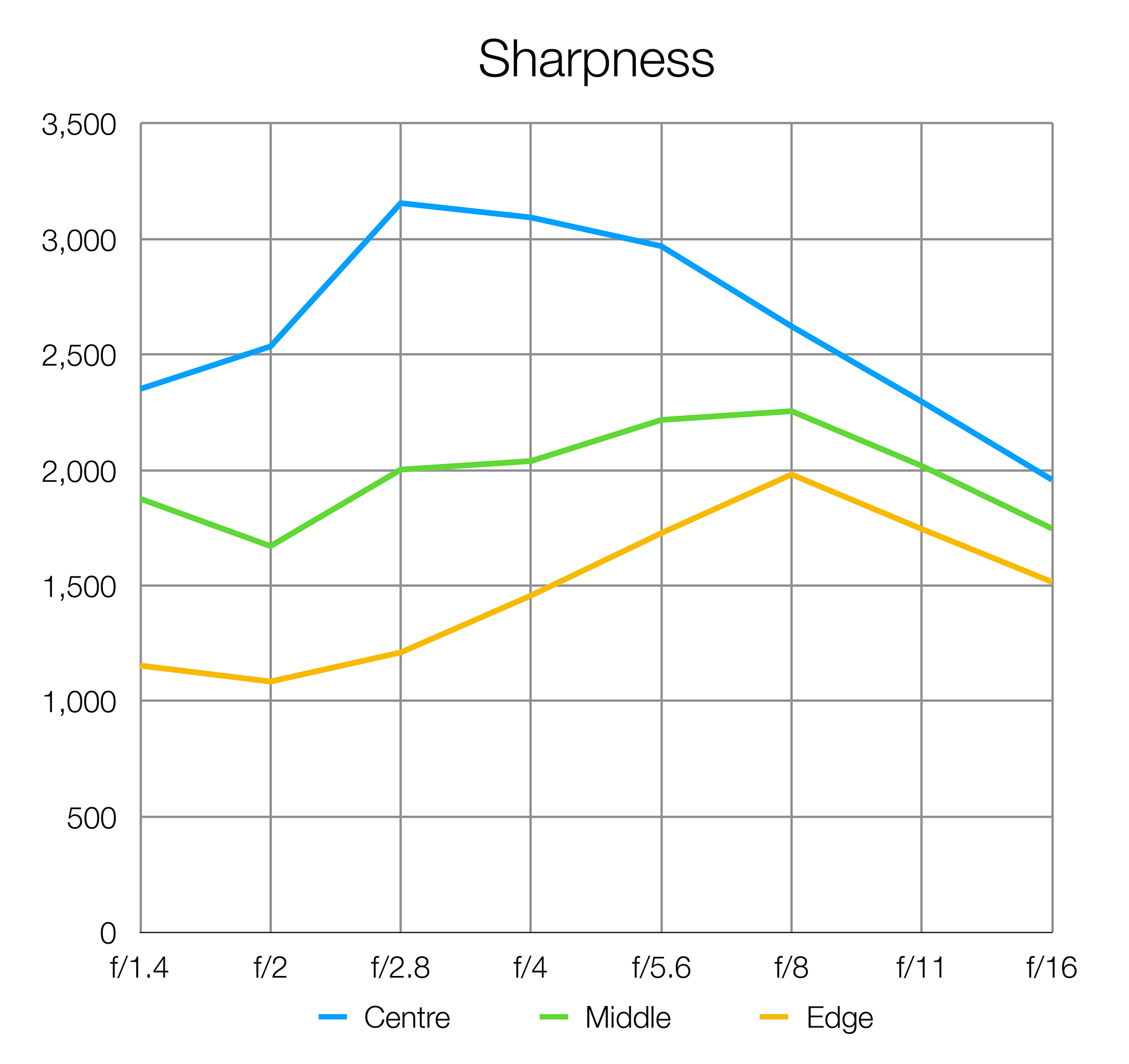
(higher is better)
The centre resolution of this lens at f/4 is so high we ran the tests again to make sure. Edge resolution is good rather than exceptional, but this is still a super-sharp lens.
Fringing: 0.21
(nearer 0 is better)
We don’t expect to see much colour fringing on premium-quality prime lenses, and we don’t see it here. It creeps in very slightly at the frame edges at wider apertures, but that’s all.
The best camera deals, reviews, product advice, and unmissable photography news, direct to your inbox!
Distortion: 0.22
(nearer 0 is better)
The Nikkor 35mm f/1.8 S is not quite distortion free, but it’s at such a low level you’re unlikely to notice it except for the most demanding architectural photography.
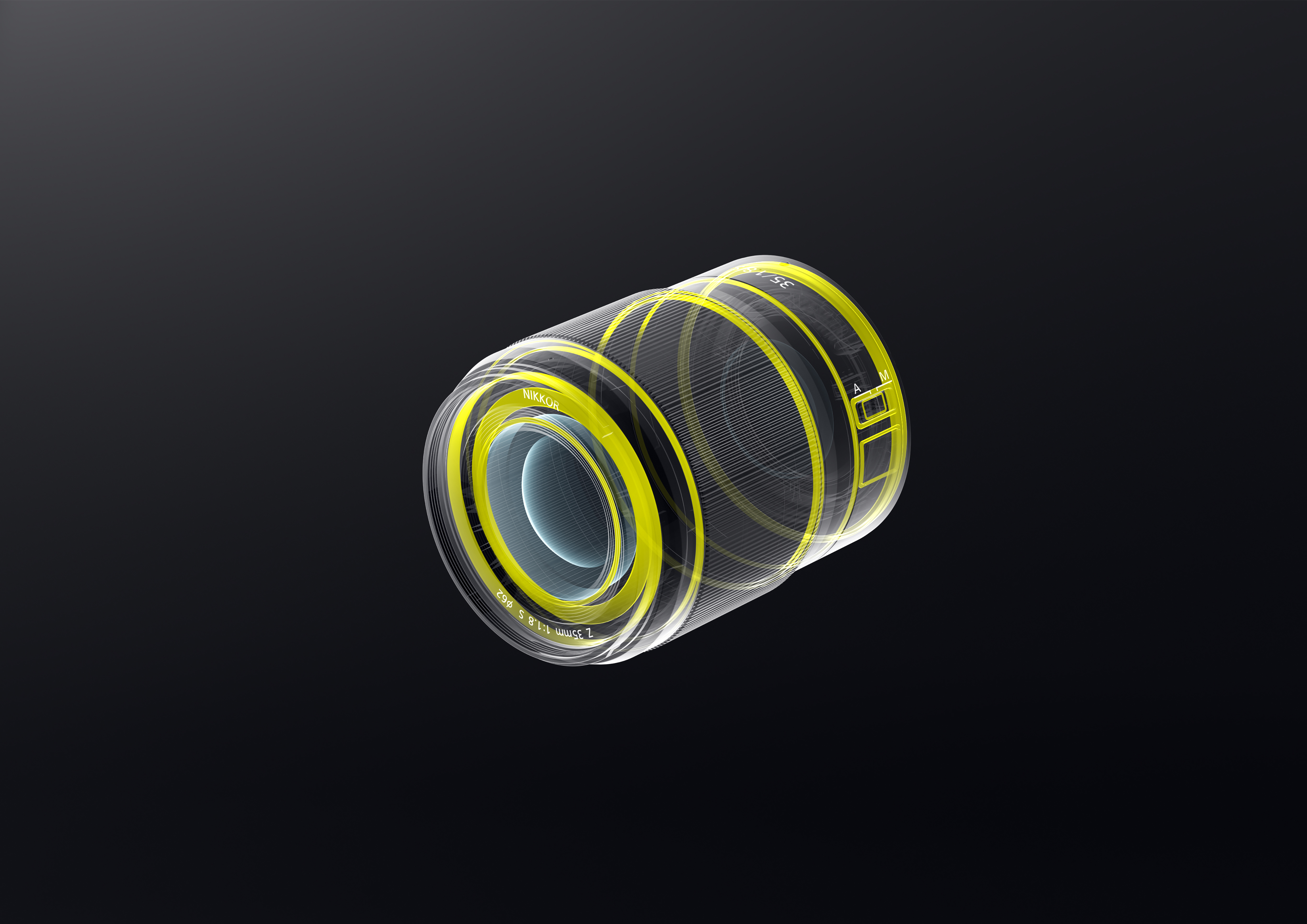
Verdict
It’s quite a lot to pay for a humble 35mm f/1.8, but the Nikkor Z 35mm f/1.8 S’s optical performance immediately shows where they money’s been spent.
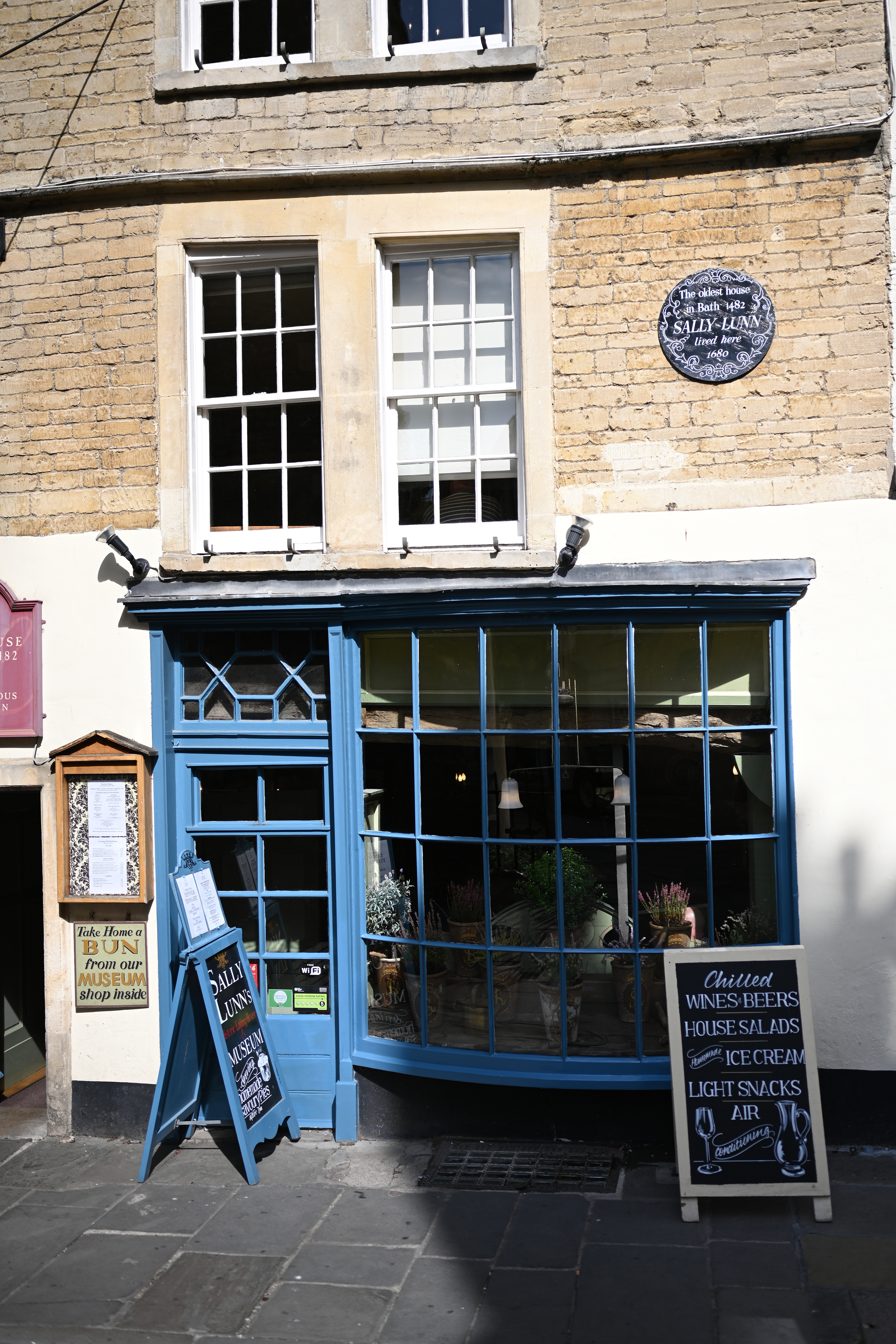
NIKKOR Z 35mm f/1.8 S – specifications

Full-frame compatible: Yes
Elements/groups 11/9
Minimum focus distance: 0.25m
Max magnification factor: 0.19x
Manual focus override: Yes
Focus limit switches: No
Internal focus: Yes
Filter size: 62mm
Iris blades: 9
Weather seals: Yes
Supplied accessories: Hood, soft case
Dimensions: 73 x 86mm
Weight: 370g
Read more:
Nikon Z7 full review
Nikon Nikkor Z 24-70mm f/4 S review
Ross Harvey's hands-on report on Z7 and 35mm f1.8
99 things you need to know about Nikon's full-frame mirrorless system
Nikon Z7 and Z6 – what was Nikon's thinking

Rod is an independent photography journalist and editor, and a long-standing Digital Camera World contributor, having previously worked as DCW's Group Reviews editor. Before that he has been technique editor on N-Photo, Head of Testing for the photography division and Camera Channel editor on TechRadar, as well as contributing to many other publications. He has been writing about photography technique, photo editing and digital cameras since they first appeared, and before that began his career writing about film photography. He has used and reviewed practically every interchangeable lens camera launched in the past 20 years, from entry-level DSLRs to medium format cameras, together with lenses, tripods, gimbals, light meters, camera bags and more. Rod has his own camera gear blog at fotovolo.com but also writes about photo-editing applications and techniques at lifeafterphotoshop.com
